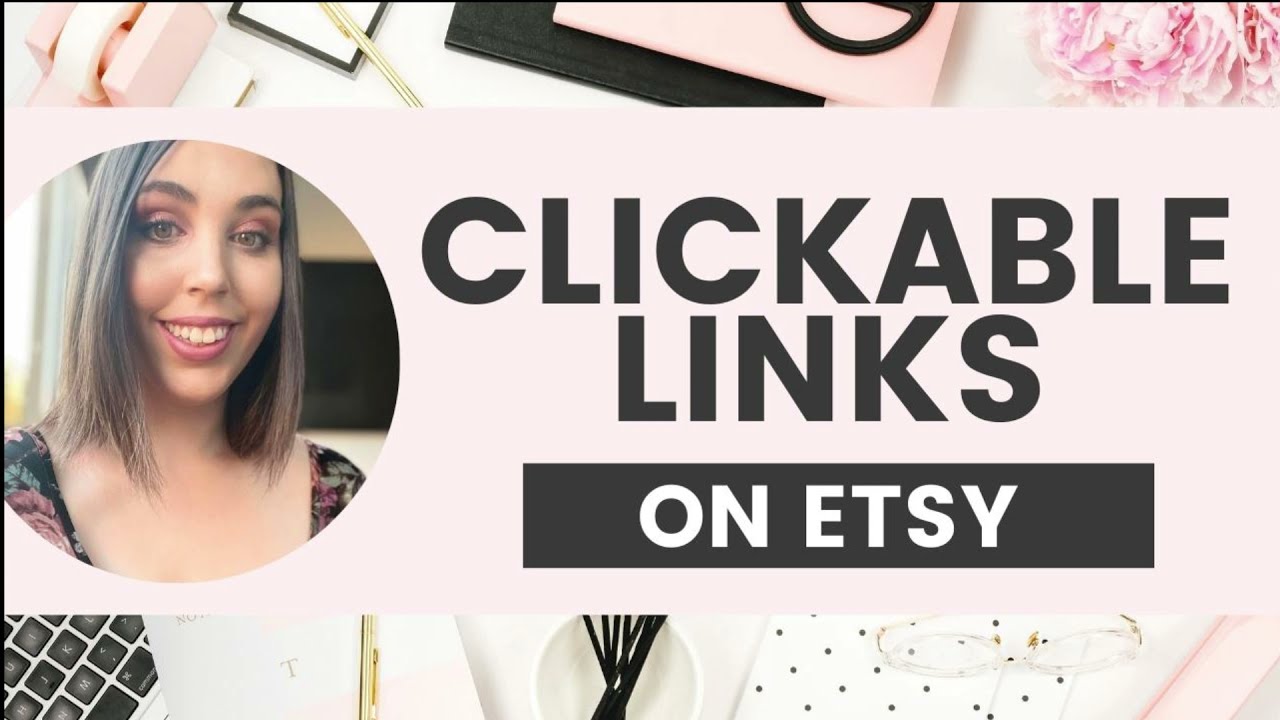Are you seeking to gain a competitive edge in the bustling Etsy marketplace? If so, optimizing your listings with the right keywords is key. In this article, we’ll explore the use of hrefs for Etsy and how they can help improve your search rankings. By understanding how to utilize these powerful tools, you’ll be able to enhance your Etsy listings and attract more potential buyers. So, let’s dive in and discover the benefits of using hrefs for Etsy!
Why Hrefs Are Important for Etsy Listings
As an Etsy seller, you know how crucial it is to gain visibility and drive traffic to your listings. One powerful tool in your arsenal for achieving this is the proper use of hrefs. Hrefs, or hyperlinks, play a vital role in Search Engine Optimization (SEO) and can significantly impact the visibility of your Etsy shop and listings. In this article, we will explore why hrefs are important for Etsy, the different types of hrefs, how to use them effectively, best practices, common mistakes to avoid, and how to monitor and analyze their impact.
Understanding the Role of Hrefs in SEO
Href optimization is essential for improving your Etsy listing’s SEO. By strategically placing links within your listing and shop, you can signal to search engines the relevance and authority of your content. Hrefs act as pathways that guide both users and search engine crawlers through your Etsy shop, enhancing the discoverability of your listings.
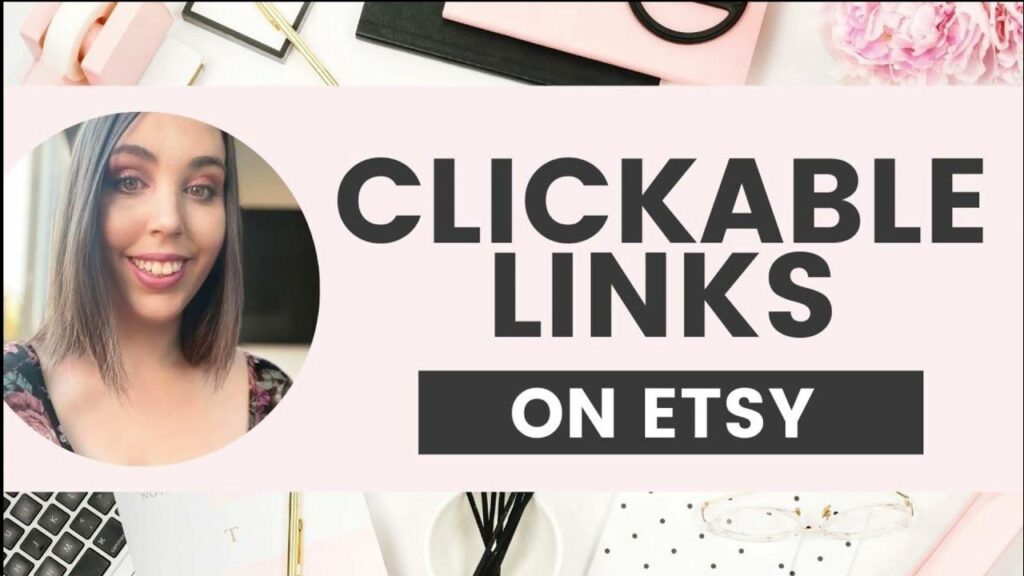
Increasing Visibility and Traffic with Hrefs
Proper use of hrefs can significantly impact the visibility and traffic to your Etsy shop. By optimizing your links, you can attract more potential buyers and improve your shop’s ranking in search engine results. By incorporating hrefs strategically, you can gain a competitive advantage in the crowded Etsy marketplace and maximize the potential of your listings.
Types of Hrefs for Etsy
Before diving deeper into the world of hrefs, let’s understand the different types of hrefs you can utilize on Etsy.
Internal Hrefs
Internal hrefs are links that point to other pages or sections within your own Etsy shop. These links are valuable for guiding users within your shop, providing them with a seamless browsing experience. Internal hrefs also help search engine crawlers navigate through your shop, making it easier for them to index your content and understand its relevance.
External Hrefs
External hrefs are links that direct users from your Etsy shop to external websites or sources. Utilizing external hrefs wisely can help you drive traffic from other platforms or influential sources, such as bloggers or influencers, to your Etsy listings. When used correctly, external hrefs can significantly expand your reach and attract potential buyers who may not have discovered your shop otherwise.
Nofollow Hrefs
Nofollow hrefs are links that tell search engine crawlers not to follow them. While these links may not directly impact your shop’s SEO, they have their own significance on Etsy. Nofollow hrefs are particularly useful when you want to prevent search engines from following irrelevant links, such as social media profile links or links to non-Etsy websites.
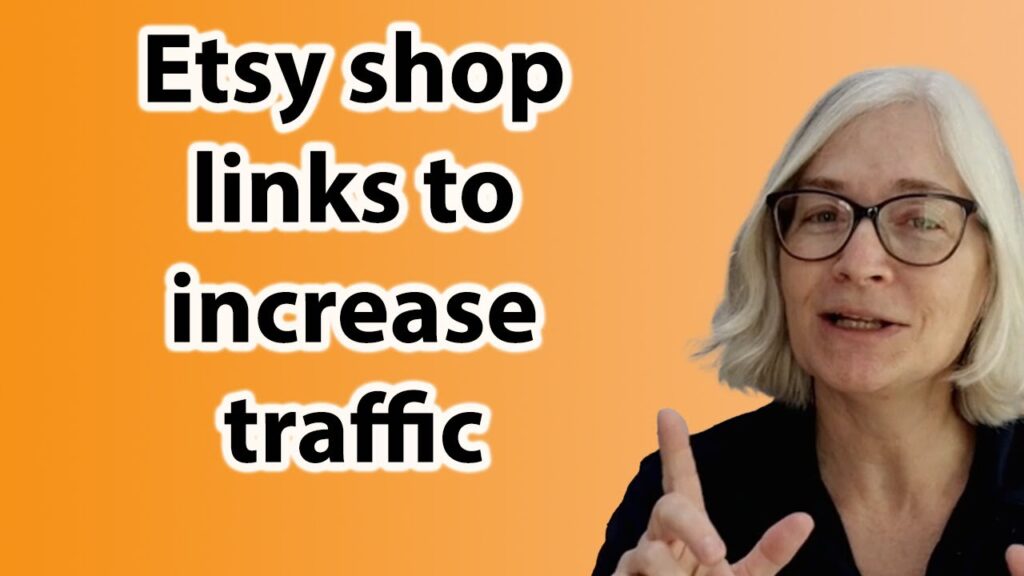
Using Internal Hrefs on Etsy
Utilizing internal hrefs effectively can enhance the navigation and user experience within your Etsy shop. Let’s explore how you can leverage internal hrefs to benefit your listings.
Linking to Other Listings or Sections within Your Shop
A great way to encourage visitors to explore more of your shop is by linking to other relevant listings or sections. For example, if you sell handmade jewelry, you can link from one necklace listing to another necklace listing or even to the entire collection. This way, users can easily discover related products and spend more time browsing through your shop.
Optimizing Navigation with Internal Hrefs
Internal hrefs can also be used to optimize navigation elements within your shop. By creating menus or dropdowns with links to different sections, you can help users navigate through your shop effortlessly. Well-organized and easily accessible navigation not only improves the user experience but also benefits your SEO by enabling search engine crawlers to understand the structure and relevance of your content.
Utilizing External Hrefs for Etsy
While internal hrefs are crucial for enhancing the user experience within your shop, external hrefs can provide an opportunity to attract new visitors from external sources. Here’s how you can make the most of external hrefs on Etsy.
Driving Traffic from External Sources to Your Listings
External hrefs allow you to tap into a wider audience by directing traffic from other platforms or websites to your Etsy listings. For instance, you can collaborate with influencers or bloggers who have a relevant audience and ask them to link to your product listings in their content. By leveraging the reach and credibility of these external sources, you can gain targeted exposure and potentially increase sales.
Collaborating with Influencers or Bloggers
Building relationships with influencers and bloggers in your niche can be beneficial for your Etsy shop. By collaborating and providing them with promotional material or samples of your products, you can encourage them to write about or feature your products on their platforms. This can drive traffic back to your Etsy listings through well-placed external hrefs, introducing your products to a new audience and potentially boosting your sales.
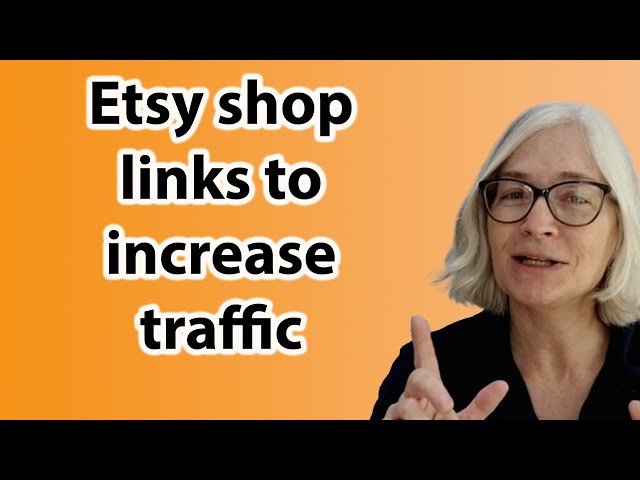
Nofollow Hrefs: When and How to Use Them on Etsy
Nofollow hrefs have their own significance on Etsy, as they help prevent search engines from following irrelevant links and preserve the authority of your shop. Let’s explore when and how to use nofollow hrefs effectively.
Preventing Search Engines from Following Irrelevant Links
While it’s important to include relevant links within your listings, there may be instances where you want to prevent search engines from following certain links. For example, if you include links to your social media profiles or your personal blog, you can add a nofollow attribute to these links. This signals search engine crawlers not to consider these links when determining the SEO value of your Etsy shop.
Adding Tags or Links to Non-Etsy Websites
Sometimes, you may want to include tags or links to non-Etsy websites within your shop. This could be for providing additional information about your products or linking to resources that are relevant to your target audience. In such cases, it’s recommended to use nofollow hrefs for these external links to distinguish them from the internal links within your Etsy shop. This helps maintain the focus and authority of your shop while still providing valuable information to your visitors.
Best Practices for Using Hrefs on Etsy
To ensure you are utilizing hrefs correctly on Etsy, consider following these best practices for maximum impact on your shop’s visibility and SEO.
Choosing Descriptive Anchor Texts
When creating hrefs, it’s crucial to use descriptive anchor texts. Instead of simply saying “click here” or using generic phrases, include keywords or phrases that accurately describe the target page or section. This provides additional context to both users and search engine crawlers about the content they can expect when clicking on the link.
Keeping Links Consistent and Up-to-date
Consistency plays a vital role in maintaining a smooth user experience. Ensure that links within your shop are consistent and lead to relevant and up-to-date content. Broken or outdated links can frustrate users and negatively impact your shop’s credibility. Periodically check and update your links to ensure they are functioning correctly.
Balancing the Number of Hrefs in Your Listings
While hrefs are important for enhancing visibility and user experience, it’s crucial not to overdo it. Overloading your listings with excessive hrefs can overwhelm users and create a poor user experience. Instead, focus on strategically placing hrefs where they add value and guide users towards related content, both within your shop and externally.
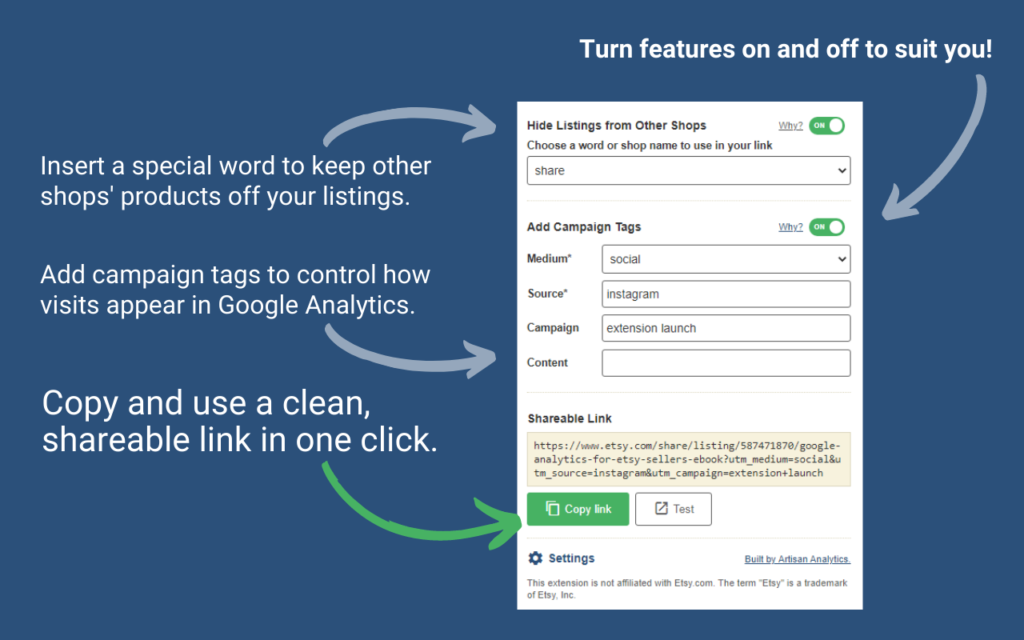
Common Mistakes and Pitfalls in Using Hrefs on Etsy
While hrefs can be powerful tools, there are some common mistakes and pitfalls to watch out for to ensure you get the most out of them.
Overusing Hrefs and Creating a Poor User Experience
As mentioned earlier, overusing hrefs in your listings can lead to a poor user experience. Crowding your listings with numerous links may distract and confuse users, preventing them from focusing on the main purpose of your listing – making a purchase. Be thoughtful and intentional in your href placement, ensuring they enhance rather than hinder the user experience.
Using Inappropriate or Spammy External Hrefs
When utilizing external hrefs, it’s important to exercise caution and avoid using inappropriate or spammy links. Search engines penalize websites and shops that engage in black-hat SEO practices, such as buying or exchanging links to artificially boost their rankings. Focus on collaborating with reputable influencers or bloggers who can genuinely endorse your products and provide value to their audience.
Monitoring and Analyzing the Impact of Hrefs
To gauge the effectiveness of your hrefs and make data-driven decisions, it’s essential to monitor and analyze their impact. Here are a few tools and metrics you can use to track the performance of your hrefs.
Tools and Metrics to Track the Performance of Hrefs
Google Analytics is a powerful tool that provides invaluable insights into your shop’s traffic. It allows you to track the number of visitors who arrive at your shop through different hrefs, enabling you to measure their impact. By analyzing click-through rates, bounce rates, and conversion rates, you can identify areas of improvement and optimize your href strategy accordingly.
Making Data-driven Decisions to Optimize Your Hrefs
By analyzing the data gathered from tracking the performance of your hrefs, you can make informed decisions to optimize their effectiveness. Monitor which hrefs are driving the most traffic and conversions, and identify the ones that may need adjustments or replacements. Continuously refining your href strategy based on real data will help you make the most of this powerful tool for your Etsy shop.
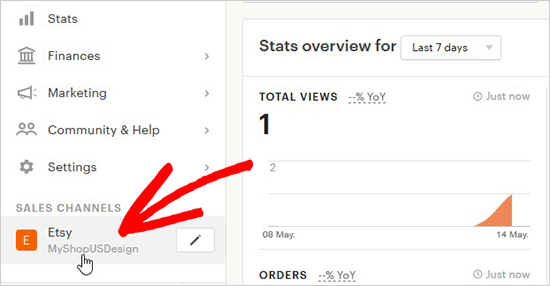
FAQs about Using Hrefs for Etsy
Here are a few commonly asked questions about using hrefs on Etsy:
Do Hrefs Impact SEO on Etsy?
Yes, hrefs play a crucial role in improving the SEO of your Etsy shop and listings. By utilizing hrefs effectively, you can enhance the discoverability of your shop, increase visibility, and attract more potential buyers. However, it’s important to use hrefs strategically and follow best practices to maximize their impact.
Can I Add Hrefs in My Etsy Shop Description?
No, you cannot add hrefs in your Etsy shop description. Currently, Etsy allows you to include hrefs only within your listings. However, optimizing hrefs within your listings can still significantly benefit your shop’s visibility and drive traffic to your products.
Are There Any Restrictions on Using Hrefs on Etsy?
While Etsy allows the usage of hrefs, there are some restrictions and guidelines to follow. Ensure that your hrefs link to relevant content and abide by Etsy’s policies. Additionally, be mindful of including appropriate and non-spammy external hrefs. Failure to comply with these guidelines may result in penalties or your shop being suspended.
Conclusion
Href optimization is a powerful tool that can greatly impact the visibility, traffic, and overall success of your Etsy shop and listings. By understanding the different types of hrefs available, utilizing them effectively, following best practices, and monitoring their impact, you can maximize the potential of your listings and gain a competitive advantage in the crowded Etsy marketplace. So, start exploring the world of hrefs and elevate your Etsy shop to new heights!
